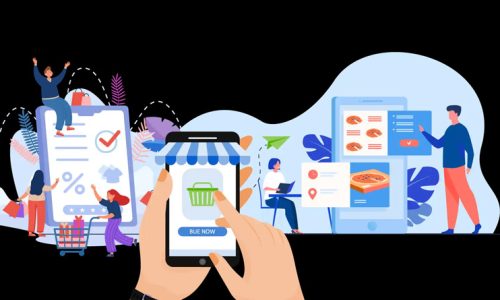
Overdraft protection is seen as a common way to guard users against the consequences of overdraft, like canceled transactions, late bills and bounced checks. With overdraft protection, your bank can allow the transactions to go through and push your account balance into the negatives.
While overdraft protection is useful, it comes with some serious risks that you’re better off avoiding. Read ahead to find out why.
The Consequences of Overdraft Protection
Whenever you use overdraft protection, you will owe your bank money. The bank is essentially loaning you additional funds so that the transaction goes through. That loan will not last indefinitely. You will have to repay it and repay it soon.
Your bank will also charge you an overdraft fee. It could charge you this fee for every transaction you make while your balance is in the negatives. These fees can add up quickly.
You will have a short amount of time to pay off your loan and overdraft fees. If you take longer than a week to do this, your bank may charge you an extended overdraft fee. Eventually, your bank could close your account.
As you can see, using overdraft protection can encourage you to rapidly dig yourself into debt that is difficult to escape. You might be better off avoiding it.
If you’ve already signed up for overdraft protection through your bank, you can opt out of it. It’s simple.
Alternatives to Overdraft Protection
Skipping your bank’s overdraft protection plan won’t address the root problem. You can still spend beyond your means and try to withdraw more funds that exist in your bank account. How can you avoid doing that?
1. Low Balance Alerts
One simple solution is to set up low balance alerts through digital banking. You will automatically receive a text message or email letting you know that your checking account balance has dropped below a predetermined amount. You could set the alert to go off when your balance reaches $100 or less.
After reading the alert, you’ll know that you have to be careful with your transactions until your next payday.
2. Budgeting
Are you following a budget? If you’re not, you need to download a personal budgeting app on your smartphone and build one right away. A budget will show you exactly how much you can afford to spend every single month. With that information, you can set clear guidelines for your essential and non-essential expenses. As long as you adhere to those guidelines, you shouldn’t spend beyond your means and empty your checking account by accident.
3. Emergency Savings
You might drain your checking account in moments of desperation, like when you have an urgent expense that you can’t ignore. One of the best ways to avoid this situation is to build up an emergency fund.
An emergency fund is a personal collection of savings solely reserved for urgent, unplanned expenses. You can withdraw these savings without impacting your checking account and disrupting your ability to cover essential expenses for the month.
Without enough emergency savings, you can turn to payment alternatives to cover urgent expenses instead of relying on overdraft protection. You could charge the expense to your credit card and then pay down the balance afterward. Or you could consider trying to get a loan online and using the borrowed funds to cover the expense quickly. As long as you meet the qualifications for the online loan, you could send in your application. You just might get approved for the loan.
The repayment process for an online loan is similar to a credit card. You will have to follow a straightforward billing cycle to repay what you borrowed.
Stop spending beyond your means! Follow these alternatives to overdraft protection to keep your balance above zero.




